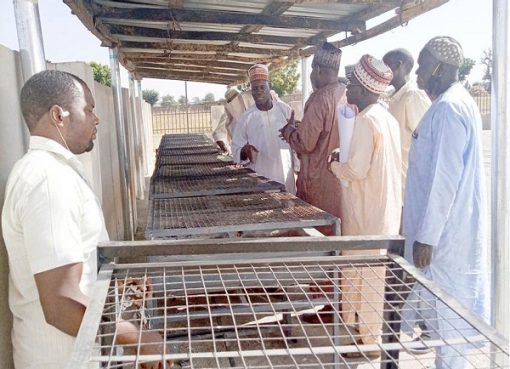Electric vehicles have recently boasted impressive growth rates, more than doubling in market penetration every two years between 2014 and 2018. And batteries play a key role in EV performance and price. That’s why some companies are looking to new chemistries and battery technologies to sustain EV growth rates throughout the early 2020s.
Three recent developments suggest that executives are more than just hopeful. They are, in fact, already striking deals to acquire and commercialize new EV battery advances. And progress has been broad—the new developments concern the three main electrical components of a battery: its cathode, electrolyte, and anode.
TESLA’S BIG BETS Analysts think Tesla’s upcoming annual Battery Day (the company hadn’t yet set a date at press time) will hold special significance. Maria Chavez of Navigant Research in Boulder, Colo., expects to hear about at least three big advancements.
The first one (which Reuters reported in February) is that Tesla will develop batteries with cathodes made from lithium iron phosphate for its Model 3s. These LFP batteries—with “F” standing for “Fe,” the chemical symbol for iron—are reportedly free of cobalt, which is expensive and often mined using unethical practices. LFP batteries also have higher charge and discharge rates and longer lifetimes than conventional lithium-ion cells. “The downside is that they’re not very energy dense,” says Chavez.
To combat that, Tesla will reportedly switch from standard cylindrical cells to prism-shaped cells—the second bit of news Chavez expects to hear about. Stacking prisms versus cylinders would allow Tesla to fit more batteries into a given space.
A third development, Chavez says, may concern Tesla’s recent acquisition, Maxwell Technologies. Before being bought by Tesla in May of 2019, Maxwell specialized in making supercapacitors. Supercapacitors, which are essentially charged metal plates with proprietary materials in between, boost a device’s charge capacity and performance.
Supercapacitors are famous for pumping electrons into and out of a circuit at blindingly fast speeds. So an EV power train with a supercapacitor could quickly access stores of energy for instant acceleration and other power-hungry functions. On the flip side, the supercapacitor could also rapidly store incoming charge to be metered out to the lithium battery over longer stretches of time—which could both speed up quick charging and possibly extend battery life.
So could blending supercapacitors, prismatic cells, and lithium iron phosphate chemistry provide an outsize boost for Tesla’s EV performance specs? “The combination of all three things basically creates a battery that’s energy dense, low cost, faster-to-charge, and cobalt-free—which is the promise that Tesla has been making for a while now,” Chavez said.
SOLID-STATE DEALS Meanwhile, other companies are focused on improving both safety and performance of the flammable liquid electrolyte in conventional lithium batteries. In February, Mercedes-Benz announced a partnership with the Canadian utility Hydro-Québec to develop next-generation lithium batteries with a solid and nonflammable electrolyte. And a month prior, the Canadian utility announced a separate partnership with the University of Texas at Austin and lithium-ion battery pioneer John Goodenough, to commercialize a solid-state battery with a glass electrolyte.
“Hydro-Québec is the pioneer of solid-state batteries,” said Karim Zaghib, general director of the utility’s Center of Excellence in Transportation Electrification and Energy Storage. “We started doing research and development in [lithium] solid-state batteries…in 1995.”
Although Zaghib cannot disclose the specific electrolytes his lab will be working with Mercedes to develop, he says the utility is building on a track record of successful battery technology rollouts with companies including A123 Systems in the United States, Murata Manufacturing in Japan, and Blue Solutions in Canada.
STARTUP SURPRISE Lastly, Echion Technologies, a startup based in Cambridge, England, said in February that it had developed a new anode for high-capacity lithium batteries that could charge in just 6 minutes. (Not to be outdone, a team of researchers in Korea announced that same month that its own silicon anode would charge to 80 percent in 5 minutes.)
Echion CEO Jean de la Verpilliere—a former engineering Ph.D. student at the nearby University of Cambridge—says Echion’s proprietary “mixed niobium oxide” anode is compatible with conventional cathode and electrolyte technologies.
“That’s key to our business model, to be ‘drop-in,’ ” says de la Verpilliere, who employs several former Cambridge students and staff. “We want to bring innovation to anodes. But then we will be compatible with everything else in the battery.”
In the end, the winning combination for next-generation batteries may well include one or more breakthroughs from each category—cathode, anode, and electrolyte.
Source: Spectrum










